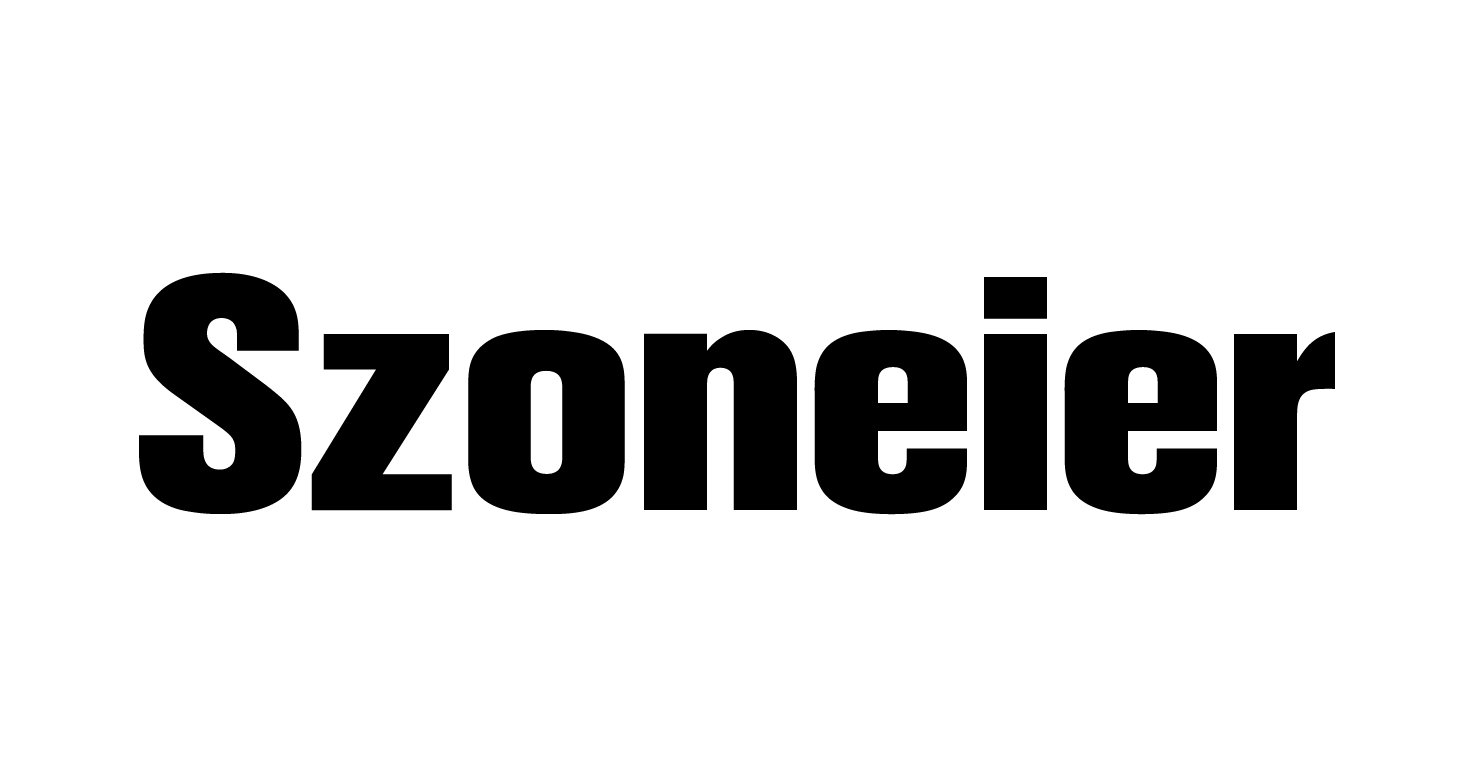Imagine walking into a sunlit atelier in Milan where rolls of vibrantly printed silk spill across tables, each yard whispering stories of craftsmanship and subtle luxury. Now, contrast that with a bustling factory floor in Guangzhou, where high-speed looms churn out hundreds of meters of custom-printed silk every hour. In today’s global sourcing landscape, minimum order quantities (MOQs) can feel like cryptic barriers—sometimes forcing emerging labels to overspend, or leaving established brands scrambling to justify bulk commitments.
Typical MOQs for printed silk fabric vary significantly by region—ranging from as low as 50 m in specialty European mills to 1,000 m in large‑scale Asian factories—driven by factors like production technology, fabric width, and print complexity.
Yet behind these numbers lie human stories: a young designer who down‑sized her first collection because she couldn’t meet a 500 m MOQ, and another who leveraged small‑batch digital printing to launch a best‑selling scarf line with only 100 m of fabric. Ready to dive into the data and tactics that can turn MOQ hurdles into sourcing opportunities? Keep reading—your next smart silk order is waiting.
What Is the Typical MOQ for Printed Silk Fabric Across Major Production Regions?
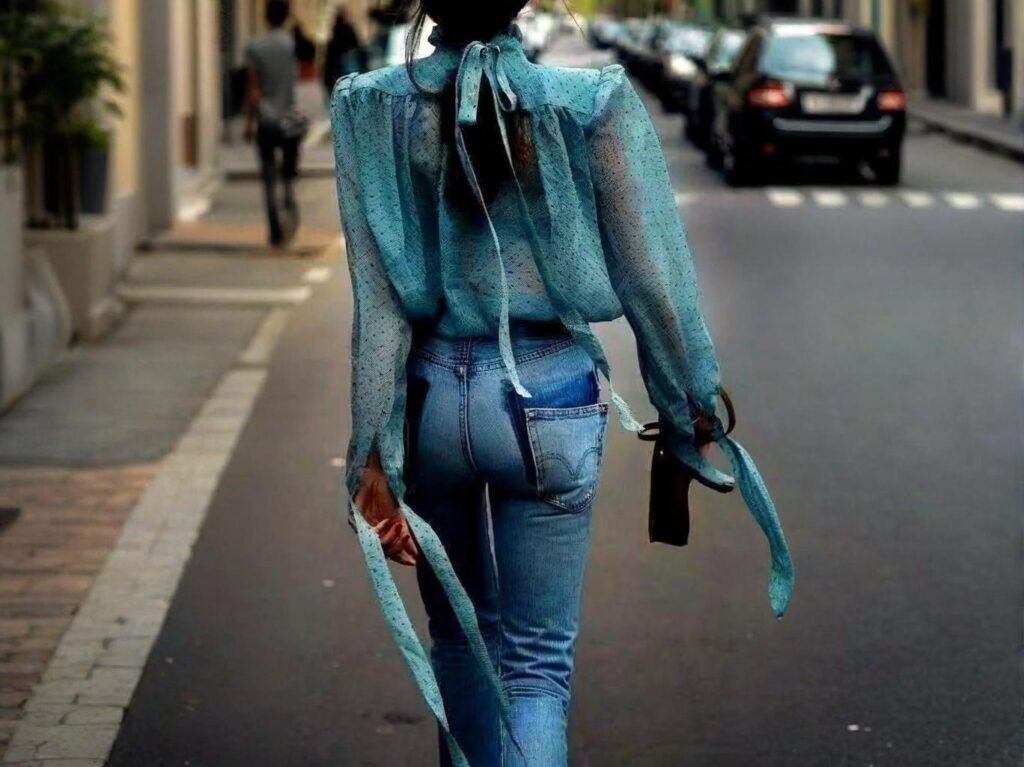
Many buyers assume a one‑size‑fits‑all standard, but MOQs for printed silk differ dramatically by production hub. In high‑tech digital print mills in China or India, you can often secure as little as 100 m for basic patterns, whereas traditional screen‑printing houses in Italy or France may require 500 m–1,000 m to justify the setup costs.
Featured Snippet–Ready Answer: Across key sourcing regions, printed silk fabric MOQs typically range between 50 m in small European artisanal mills to 1,000 m in large‑volume Asian factories, with China and India averaging 100 m–300 m for digital prints and Italy/France averaging 500 m–750 m for specialty screen prints.
Subtopics to Explore:
- Regional Technology Profiles: Digital vs. screen‑print capacities
- Setup Costs vs. Order Size: Why small mills can go lower
- Fabric Width & Print Repeat Impact
- Case Study: Digital Print in Shenzhen
- Case Study: Screen‑Print House in Como
| Region | Print Method | MOQ Minimum | MOQ Typical | Lead Time |
|---|---|---|---|---|
| China (Shenzhen) | Digital Direct | 100 m | 200 m | 2–3 weeks |
| India (Mumbai) | Digital Direct | 150 m | 300 m | 3–4 weeks |
| Italy (Como) | Screen‑Print | 500 m | 750 m | 4–6 weeks |
| France (Lyon) | Screen‑Print | 400 m | 600 m | 5–7 weeks |
| Turkey (Istanbul) | Rotary Print | 250 m | 500 m | 3–5 weeks |
Critical Perspectives:
- While digital printing slashes MOQ, repeat pattern complexity can still bump minimums upward.
- Artisanal mills may advertise 50 m MOQs, but color matching and hand‑finishing often require extra yardage.
- Bulk‑volume factories advertise low unit prices but expect consolidated, repeat orders to optimize loom schedules.
Which Market Segments Drive Higher or Lower MOQs in Silk Fabric Wholesale?
Not all silk buyers are equal—luxury fashion brands, mass‑market retailers, home‑textile designers, and indie creators each have vastly different purchasing dynamics. Luxury houses often accept higher MOQs (800 m–1,200 m) to secure exclusivity and fine‑tune colorways, whereas emerging online labels leverage smaller digital‑print runs (50 m–200 m) to test designs and manage inventory risk. Luxury fashion and fast‑fashion retailers tend to drive higher MOQs (800 m–1,200 m) for printed silk due to bespoke color matching and volume commitments, while indie designers and e‑commerce startups leverage digital printing to access lower MOQs of 50 m–200 m.
Subtopics to Explore:
- Luxury Fashion vs. Indie Labels: Balancing exclusivity and risk
- Fast Fashion Chains: Volume‑driven MOQ expectations
- Home Textiles & Decor: How width and finish impact order sizes
- Direct‑to‑Consumer Startups: Using sample yardage to validate designs
- Wholesale Platforms: Aggregating MOQ across multiple buyers
| Market Segment | MOQ Range | Key Drivers |
|---|---|---|
| Luxury Fashion Houses | 800 m–1,200 m | Custom color matching, fabric sourcing |
| Fast‑Fashion Retailers | 500 m–800 m | High turnover, predictable designs |
| Home Textile Designers | 300 m–600 m | Wider fabric widths, finishing needs |
| Indie/E‑commerce Startups | 50 m–200 m | Digital print flexibility, small runs |
| Wholesale Aggregators | 200 m–400 m | Combined buyer orders, platform fees |
Critical Perspectives:
- Exclusivity vs. Cost Efficiency: Luxury brands accept higher MOQs to secure niche prints; mass retailers push for cost per yard.
- Inventory Risk Management: Startups prioritize agility over unit price, often at higher per‑yard costs.
- Platform Aggregation: Some online marketplaces pool small orders—effectively lowering individual MOQ but adding handling fees.
How Do Fabric Customization and Print Complexity Affect MOQ Requirements?
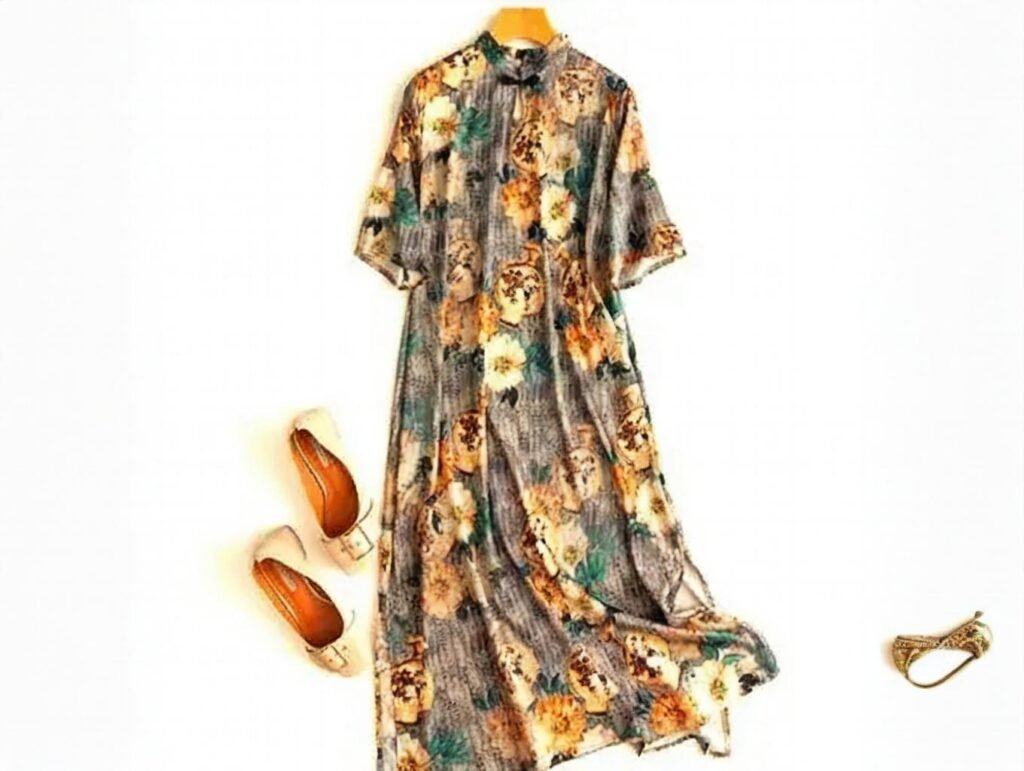
When you ask for a bespoke print—think multiple color gradients, metallic inks, or specialty finishes—the factory often needs additional setup time, longer sample approvals, and dedicated press runs, all of which push MOQs higher. Conversely, simple repeat patterns or fewer colors can drop the threshold, especially in digital print facilities. Complexity in print design—such as multiple Pantone colors, specialized inks, or large pattern repeats—typically raises MOQs by 20 %–50 %, whereas simple two‑color repeats can qualify for digital‑print minimums as low as 50 m.
Subtopics to Explore:
- Color Count & Screen Setup: Each extra screen adds cost and minimum yardage
- Pattern Repeat Size: Larger repeats often require extra yardage to align and match
- Specialty Inks & Finishes: Foil, flocking, and metallics demand dedicated runs
- Sampling & Approval Cycles: More revisions can increase committed yardage
- Digital vs. Screen Print Trade‑Offs: Which method suits your design best
| Print Complexity | Screen‑Print MOQ | Digital‑Print MOQ | Typical Uplift (%) |
|---|---|---|---|
| 2‑Color Simple Repeat | 300 m | 50 m | N/A |
| 5‑Color Standard Repeat | 500 m | 100 m | +25 % |
| Large‑Scale Scenic Repeat (≥1 m) | 750 m | 150 m | +50 % |
| Metallic/Fluorescent Inks | 1,000 m | 200 m | +50 %–75 % |
Critical Perspectives:
- Hidden Costs: Even if digital printing offers low MOQs, multiple proofing rounds can lock in extra yardage.
- Design Rationalization: Simplifying your color palette by one or two shades often pays dividends in both MOQ and cost.
- Cross‑Method Blends: Some buyers split runs—screen print core colors, then digital‑print accents—to optimize MOQ and quality.
Do Suppliers Offer Tiered MOQ Structures Based on Order Volume or Design Repeats?
Yes—many mills have embraced tiered MOQ models to attract both small labels and larger brands. Under these structures, a basic design may start at 100 m, but if you commit to 300 m or more, the MOQ drops per design, and further discounts kick in at 500 m, 800 m, and above. Design repeats (submitting the same artwork in multiple colors) may also qualify for aggregate MOQs. TieredMOQ can start at 100 m for single‑color digital prints, drop to 75 m per color for 300 m+ total, and reach as low as 50 m per color when ordering 500 m or more across multiple repeats.
Subtopics to Explore:
- Volume Discounts vs. MOQ Reductions: How price breaks align with yardage tiers
- Repeat Design Bundling: Combining colorways under one setup fee
- Negotiating Custom Tiered Structures: Tips for securing better terms
- Case Study: Tiered Pricing at a Shenzhen Mill
- Platform‑Mediated Tiering: How sourcing portals aggregate orders
| Tier Level | Total Order Qty | MOQ Per Design | Price per Meter (USD) |
|---|---|---|---|
| Entry (Tier 1) | 100 m | 100 m | 12.50 |
| Growth (Tier 2) | 300 m | 75 m | 11.20 |
| Scale (Tier 3) | 500 m | 50 m | 10.00 |
| Enterprise (Tier 4) | 1,000 m | 50 m | 9.00 |
Critical Perspectives:
- Complex Fee Structures: Watch for hidden tooling or artwork charges at higher tiers.
- Design Flexibility: When you bundle colorways, you often save on both setup and MOQ—ideal for seasonal collections.
- Buyer Leverage: Committing to future volume (e.g., quarterly repeats) can unlock bespoke tier agreements beyond standard menus.
What Are the Key Cost Drivers That Influence MOQ Benchmarks for Printed Silk?
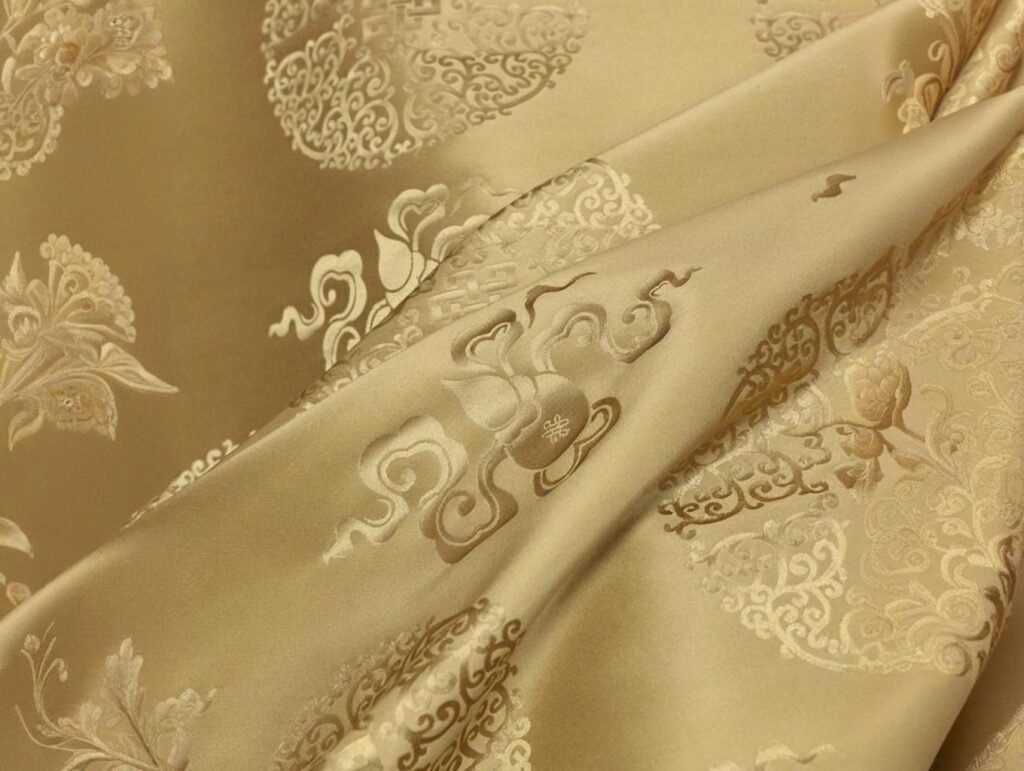
Manufacturing printed silk isn’t just yarn and ink—it’s a complex interplay of raw material quality, labor intensity, energy costs, and overheads like dye effluent treatment. High-grade mulberry silk can cost 30 %–50 % more per meter than non‑mulberry blends, pushing MOQs upward to amortize raw material investments. Labor‑intensive processes such as hand‑screening, hand‑painting, or artisanal finishing also demand larger runs to justify specialized craftsmanship. Key cost drivers for printed silk MOQs include raw silk grade (mulberry vs. tussah), print method labor intensity (digital vs. hand‑screen), energy and effluent treatment costs, and artwork/setup fees—collectively impacting MDQs by 20 %–40 %.
Subtopics to Explore:
- Raw Silk Grade and Yarn Cost: Mulberry silk vs. lower‑grade alternatives
- Labor & Hand‑Finishing Overheads: How artisanal touches shift MOQ calculus
- Energy Consumption & Waste Treatment: Dyehouse regulations and impact on pricing
- Artwork & Plate/Screen Fees: Amortizing setup costs across order volumes
- Case Study: Mulberry Silk Run in Lyon, France
| Cost Component | Impact on Unit Cost | MOQ Uplift Estimate |
|---|---|---|
| Mulberry vs. Tussah Silk | +30 % | +200 m |
| Hand‑Screen vs. Digital | +40 % labor cost | +150 m |
| Energy & Effluent Treatment | +10–15 % | +100 m |
| Artwork/Screen Setup Fees | +5 % per color | +50 m per extra screen |
Critical Perspectives:
- Value vs. Volume: Investing in higher raw material costs may justify smaller runs if the end product commands premium pricing.
- Eco‑Compliance Premiums: Factories with zero‑liquid‑discharge certifications often pass on higher regulatory costs, affecting MOQ rationale.
- Collaborative Cost‑Sharing Models: Some studios offer “print cooperatives” where multiple designers share setup fees, effectively reducing individual MOQs.
How Do Lead Times and Production Capacity Impact MOQ Negotiations?
Factories juggling high production calendars often require larger MOQs to fill loom schedules and avoid idle time. A silk mill operating 24/7 may stipulate a 300 m minimum for rapid‑turn digital prints, but if lead times stretch to 8–10 weeks, they may entertain smaller pilot orders at the expense of rush fees. Conversely, mills with flexible capacity may slot in 50 m digital runs during off‑peak seasons. Factories with tight schedules typically enforce MOQs of 300 m–500 m to optimize loom utilization; however, slower seasons or flexible digital-print capacity can reduce minimums to 50 m, often in exchange for longer lead times or a rush surcharge.
Subtopics to Explore:
- Seasonal Demand Cycles: Peak vs. off‑peak production windows
- Rush Orders & Premium Fees: Balancing smaller MOQs against expedited timelines
- Capacity Flexibility in Digital vs. Analog Mills
- Long‑Term Contracts to Secure Lower MOQs
- Case Study: Seasonal MOQ Variations in Mumbai
| Season | Standard Lead Time | MOQ Standard | MOQ Off‑Peak | Premium for Rush |
|---|---|---|---|---|
| Peak (Q3/Q4) | 6–8 weeks | 400 m | 300 m | +15 % |
| Off‑Peak (Q1/Q2) | 4–6 weeks | 250 m | 150 m | +20 % |
| Holiday Shutdown | 10–12 weeks | 500 m | 400 m | +25 % |
Critical Perspectives:
- Negotiating Leverage: Bulk buyers can secure lower MOQs or faster turnarounds by committing to quarterly forecasts.
- Flexibility Trade‑Offs: Willingness to accept longer lead times often translates directly into lower МОQs.
- Collaborative Scheduling: Sharing production slots with other brands can unlock cooperative MOQ discounts at digital‑print hubs.
Are There Best Practices for Global Buyers to Optimize MOQ and Inventory Levels?
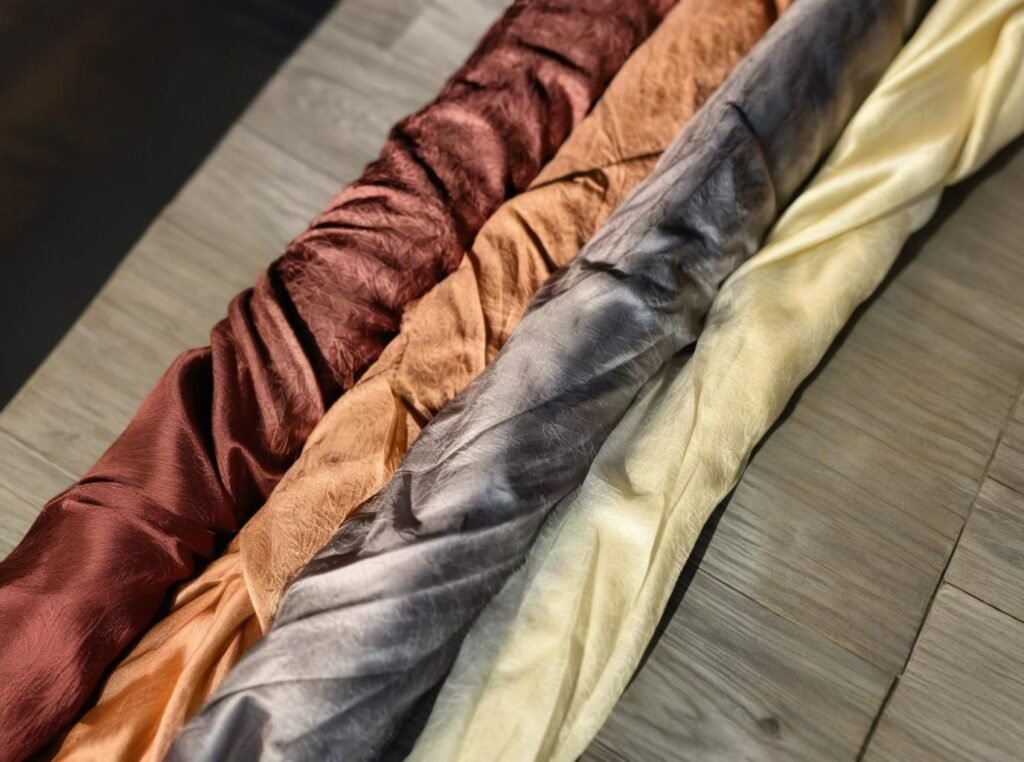
Effective MOQ management goes beyond negotiating lower numbers—it’s about aligning your design calendar, inventory forecasts, and supplier relationships to minimize risk while maximizing flexibility. Seasoned buyers consolidate seasonal collections to hit lower tiered MOQs, leverage pre‐season sampling to validate best‐sellers, and employ inventory buffers of 10 %–15 % to absorb production variances. Top practices include aggregating multiple designs under one production run, scheduling orders in line with peak and off‑peak factory calendars, using predictive sales data to batch orders, and maintaining a 10 %–15 % inventory buffer to manage MOQ fluctuations.
Subtopics to Explore:
- Order Consolidation Techniques: Grouping related prints to meet MOQ tiers
- Forecast‑Driven Production Planning: Integrating sales projections with factory schedules
- Inventory Buffer Strategies: Calculating the optimal safety stock for silk inventory
- Supplier Relationship Management: Establishing rolling contracts for MOQ flexibility
- Tech Tools & Platforms: How sourcing apps can aggregate small orders
| Practice | Benefit | Implementation Tip |
|---|---|---|
| Design Aggregation | Meets higher MOQ tiers with varied patterns | Bundle 3–5 complementary prints |
| Forecast‑Driven Scheduling | Reduces stockouts, prevents overstock | Use monthly sales data to plan runs |
| 10 %–15 % Inventory Buffer | Absorbs production lead‑time variability | Adjust buffer by fabric lead times |
| Rolling Purchase Agreements | Locks in tiered pricing, secures capacity | Negotiate quarterly forecast revisions |
| Digital Sourcing Platforms | Pools MOQ across users, reduces individual MOQ | Join vetted silk‑print cooperatives |
Critical Perspectives:
- Over‑Aggregation Risks: Consolidating too many designs may dilute collection focus and increase unsold SKUs.
- Data Accuracy: Reliance on sales forecasts requires robust data; inaccuracies can lead to costly excess.
- Relationship vs. Price: Prioritizing MOQ flexibility often means trading off deepest price breaks—balance is key.
What Strategies Can Buyers Use to Lower MOQ Barriers When Sourcing Printed Silk?
Beyond direct negotiation, buyers can employ creative strategies: co‐loading orders with complementary brands, participating in mill open houses to secure pilot runs, or even pre‐financing partial equipment setups for exclusive colorways. Another tactic is “design franchising,” where a finished print repeat is reused across multiple fabric types—spreading setup fees and lowering per‑order MOQ impact. Buyers can lower MOQs by co‑sharing runs with other brands, offering partial prepayment for custom screens, franchising a single print across multiple fabric substrates, or tapping digital‑print cooperatives that aggregate small orders into production batches.
Subtopics to Explore:
- Co‑Loading & Shared Runs: Partnering with non‑competing labels to hit MOQs
- Prepayment & Screen Sponsorship: Financing additional setup in exchange for lower minimums
- Print Franchising Across Fabrics: Delegating one design to silk, chiffon, and satin under one setup
- Digital‑Print Cooperatives: Platforms that pool buyer demand
- Local Trade Associations & Open Houses: Using factory events for pilot‑scale access
| Strategy | MOQ Impact | Practical Consideration |
|---|---|---|
| Co‑Loading with Other Buyers | −25 % per partner | Requires aligned timing and confidentiality |
| Screen Sponsorship | −50 m per color | Demands partial upfront payment |
| Print Franchising on Multiple Fabrics | −Mixed MOQ across substrates | Ensures cohesive brand palette |
| Digital‑Print Cooperatives | As low as 50 m | May involve platform fees |
| Factory Open‑House Pilots | 50 m–100 m | Limited availability, often seasonal |
Critical Perspectives:
- Confidentiality Concerns: Co‑loading runs can risk design leaks—use NDAs.
- Cash Flow Implications: Prepayment strategies ease MOQ but strain working capital.
- Brand Consistency: Franchising one design across multiple fabrics can blur collection identity if not carefully managed.
Navigating printed silk MOQs need not be a one‑way street. By understanding regional norms, segment‑specific drivers, and production mechanics—and by adopting best practices like order consolidation, cooperative sourcing, and creative financing—you can tailor your sourcing strategy to fit your brand’s scale and vision.
Ready to unlock customized printed silk fabric solutions tailored to your unique needs? Contact SzoneierFabrics today for a personalized quotation and free sample.
Let’s transform your next silk collection into a seamless, cost‑effective reality.
